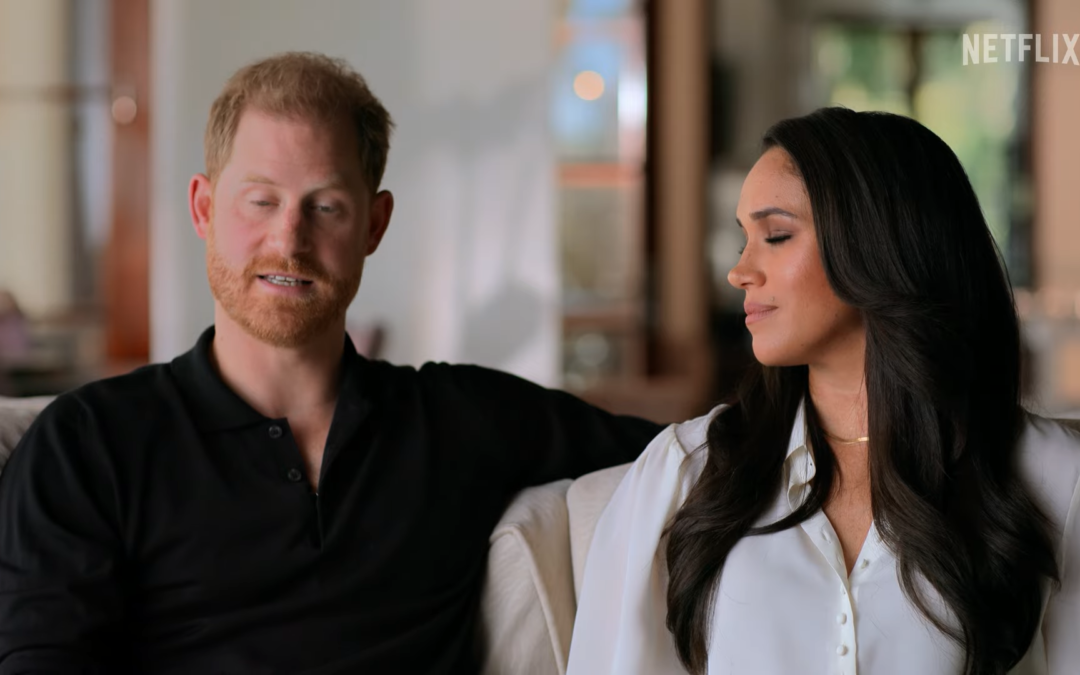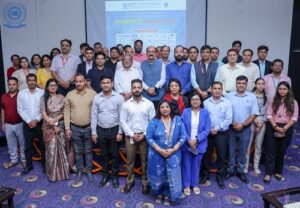It has been rare for Prince Harry and Meghan Markle to tell their tale in their own words about their relationship with the rest of the British royal family. Harry & Meghan, a new six-part Netflix documentary series, promises to provide an in-depth, never-before-seen perspective on these two as they resigned from their royal responsibilities. The program claims to give us an authentic inside look at the Sussexes’ lives through new interviews and previously unreleased material.
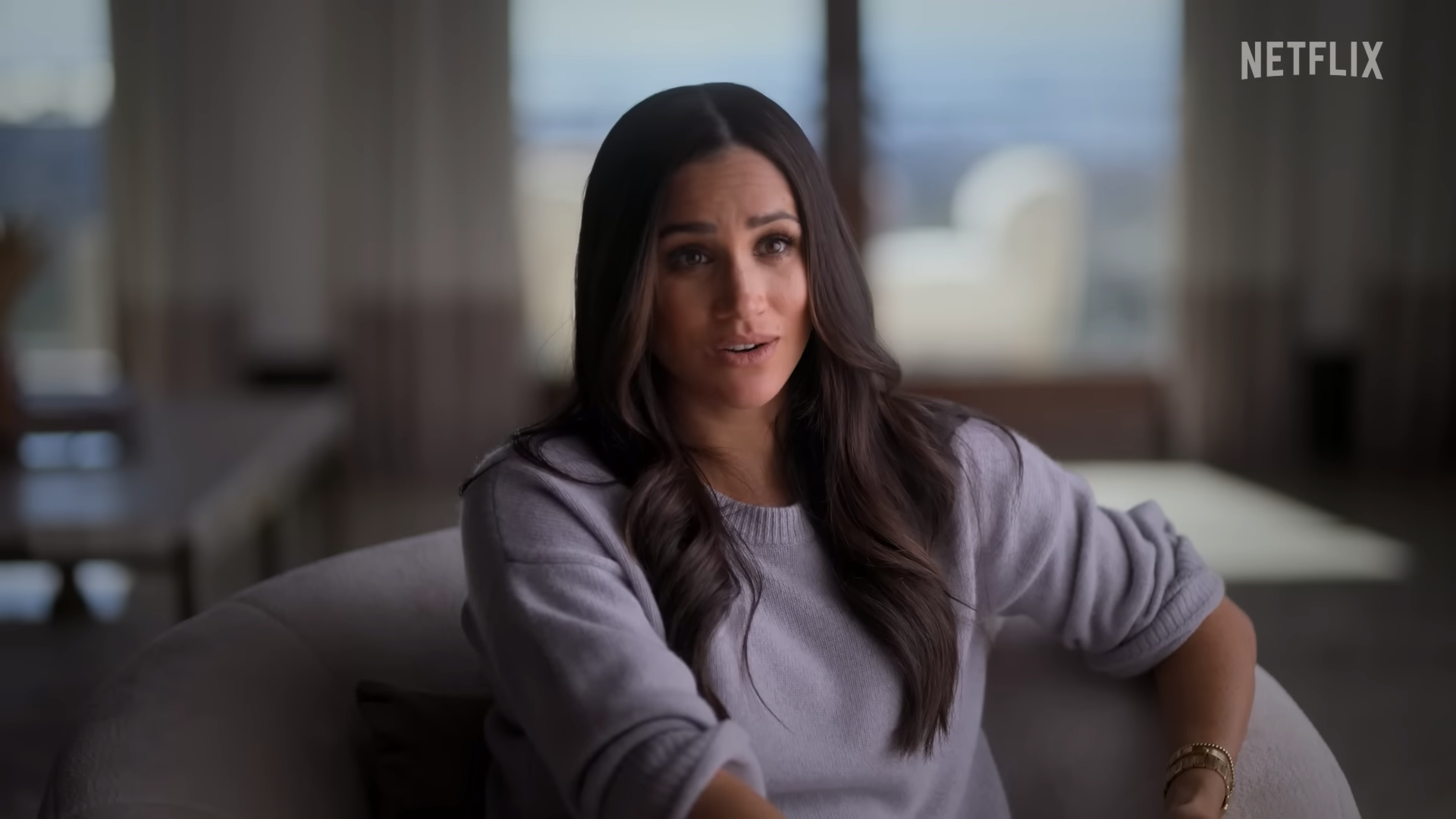
Harry’s insights into what he was thinking or what was going on behind the scenes during these events are fascinating and heartbreaking, so it’s understandable why he wouldn’t want this life for his children. In episode one of Harry & Meghan, old newsreels and paparazzi photos, as well as the infamous Panorama interview that Diana gave Martin Bashir, are acknowledged and addressed head-on.
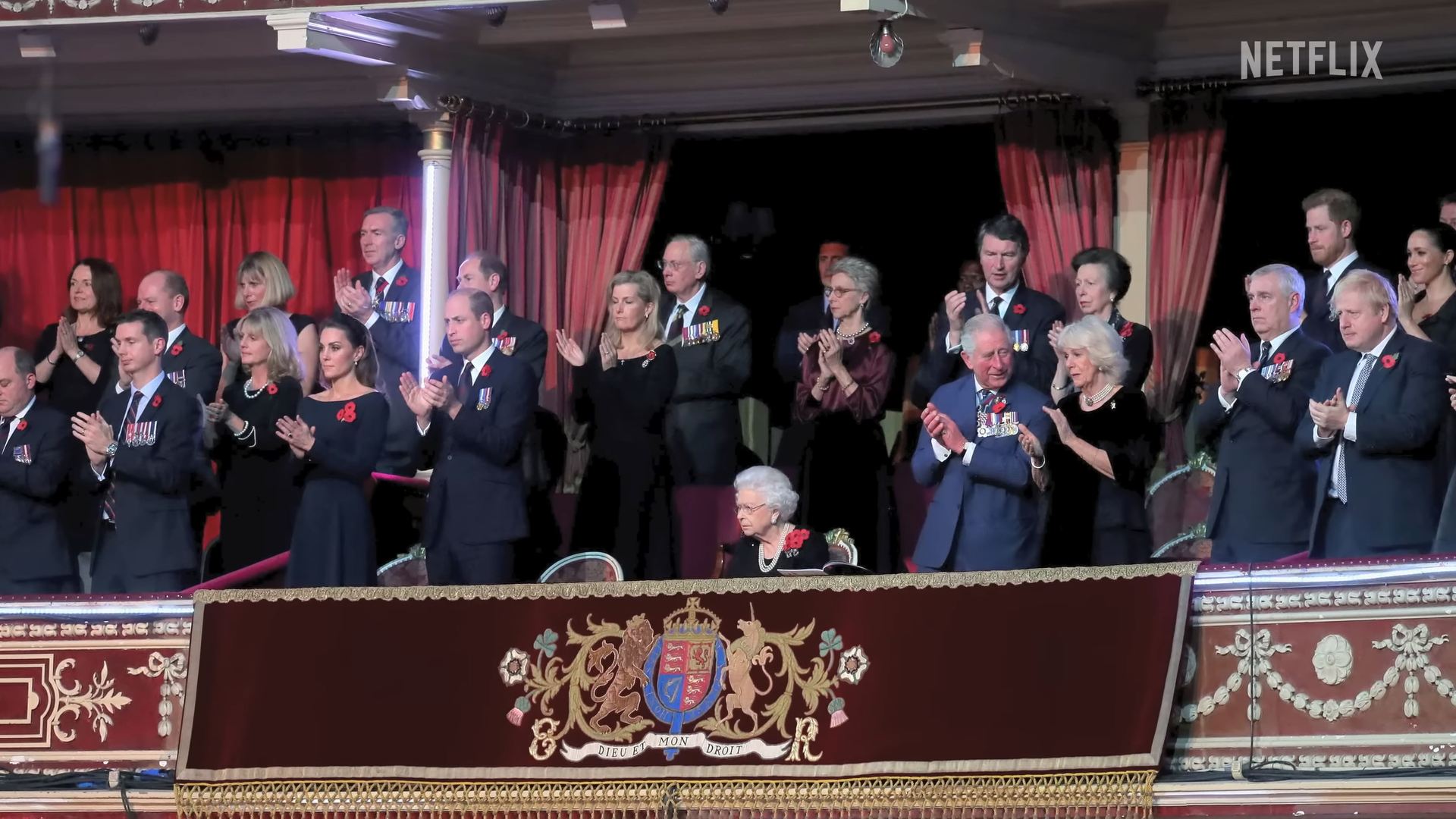
As someone who has watched countless films about the royal family, I can attest that one of the worst things about them is that the only talking heads that ever appear are distant relatives or disgraced former press secretaries: individuals with shady motivations who feel untrustworthy. There is none of that here; while some of what Harry says may surprise you, none of it comes off as salacious, false, or if he’s pursuing some ulterior motive; instead, he merely offers context for events we’ve seen on the news from the perspective of the person who experienced them. When he brings up the Panorama interview that he and William had publicly attacked, he abruptly and surprisingly explains, “That Panorama interview, I think we all now know she was tricked, admitted and, at the same time, she communicated the truth of her experience.”( Given that William himself has declared that the interview would never be shown in public again, it is unexpected that there are clips from it included.
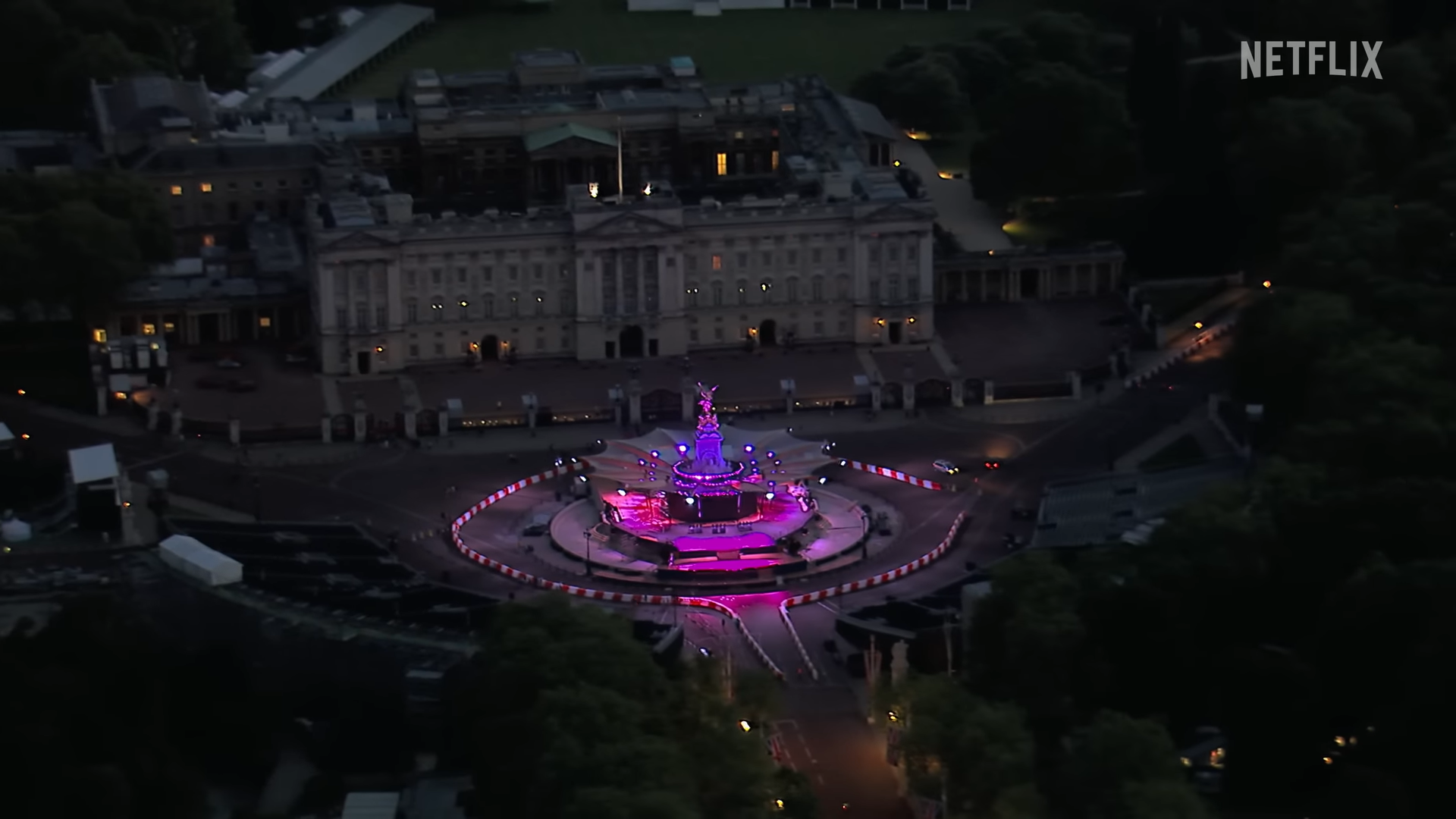
Harry & Meghan seem to be sincere and open accounts of life within the palace. Propaganda, exactly? Insofar as it attempts to portray Harry and Meghan’s story positively, yes, but rather than being a flowery, glitzy look at how wonderful they are as a couple or how courageous they are to point out the shortcomings of the monarchy, it provides context for why we have been trained to think the way we do about the royals and aims to dispel those myths.

